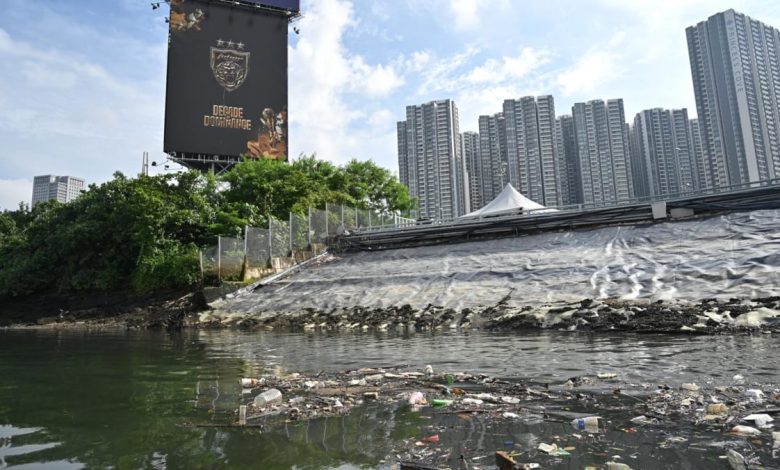Johor Strait fishermen bemoan poorer hauls; experts say reclamation and Causeway design could be factors

In an interview with CNA, Dr Serina stressed that the trapping of pollutants and debris can lead to “severe” ecological, and subsequently health and economic implications.
“As long as there’s water flow, things that come into the strait from land on both sides are able to move. As (pollutants) move, it sort of dissolves and disintegrates, reducing its impact,” said Dr Serina.
“But when it’s allowed to accumulate, that’s when we see exacerbated problems. You can’t just flush away the damaging substances.
“On both sides of the bridge, there’s aquaculture … So when pollutants accumulate, they affect the fish being bred, which then impacts the quality of the seafood,” she added.
THREATENED LEGACIES
The issue of polluted water in the Johor Strait is not a new phenomenon.
Studies published by Universiti Teknologi Malaysia and Universiti Putra Malaysia in 2019 and 2013 respectively said that samples of water in the strait contained heavy metal and microplastics pollution.
Pollution at the tributaries leading to the Johor Strait have also been widely commented on by authorities.
In 2019, Singapore’s then Prime Minister Lee Hsien Loong raised concerns about pollution and long term yield of the Johor River, a major channel located around 30km from the Causeway.
Under the 1962 Water Agreement between Singapore and Malaysia, Singapore can buy 250 million gallons of water a day from the Johor River, at 3 Malaysian sen for every 1,000 gallons.
In 2021, Johor ruler Sultan Ibrahim Iskandar also criticised some residents for disposing of their waste into the drainage network, which includes rivers and ditches flowing into the Tebrau Strait.





